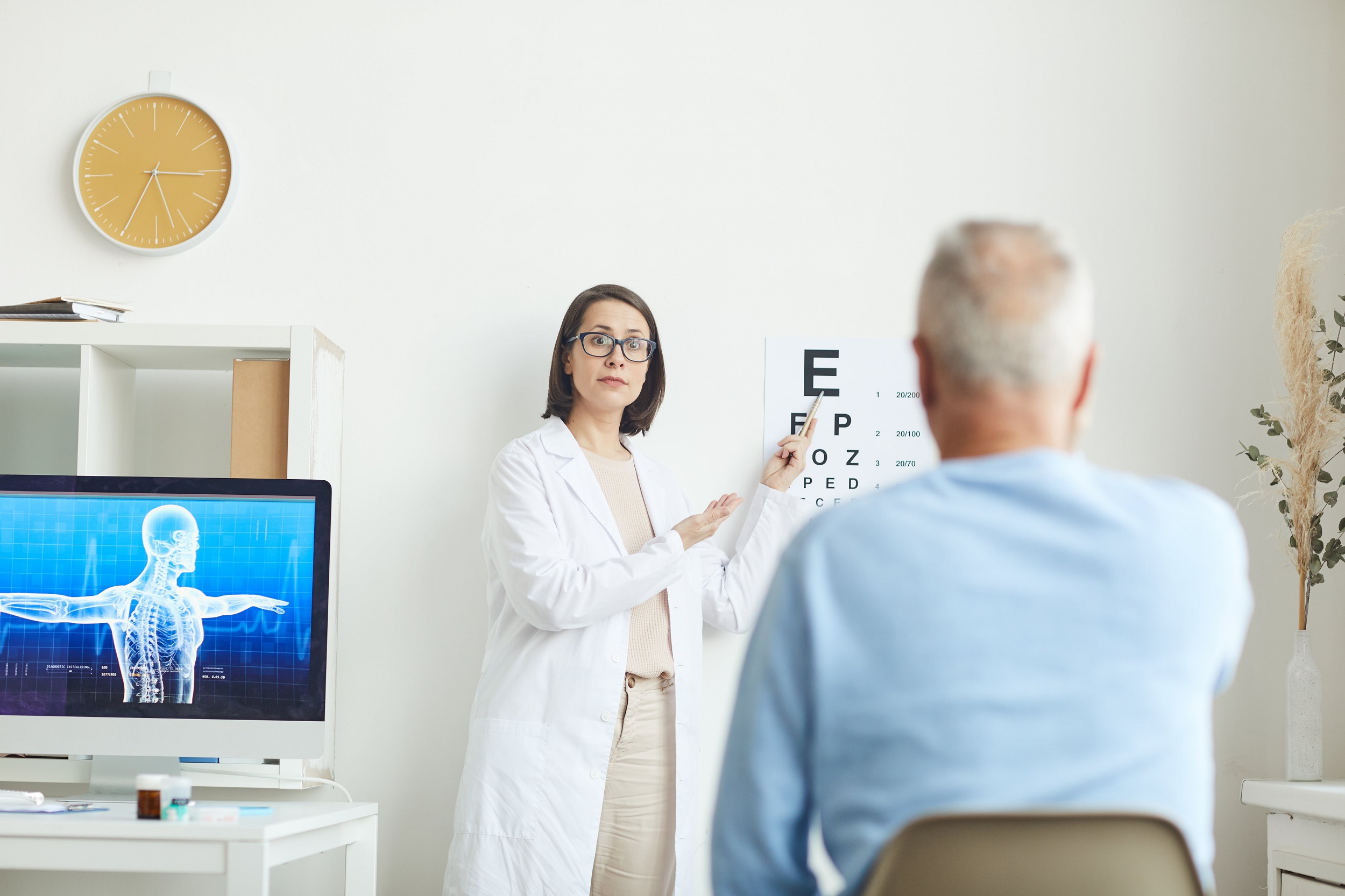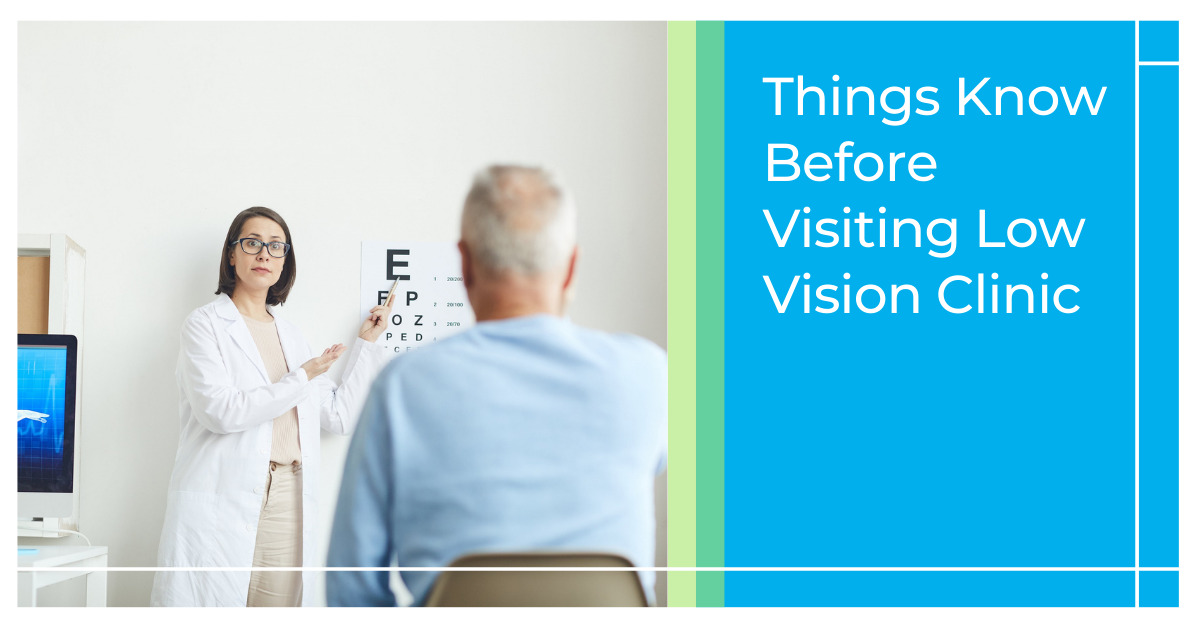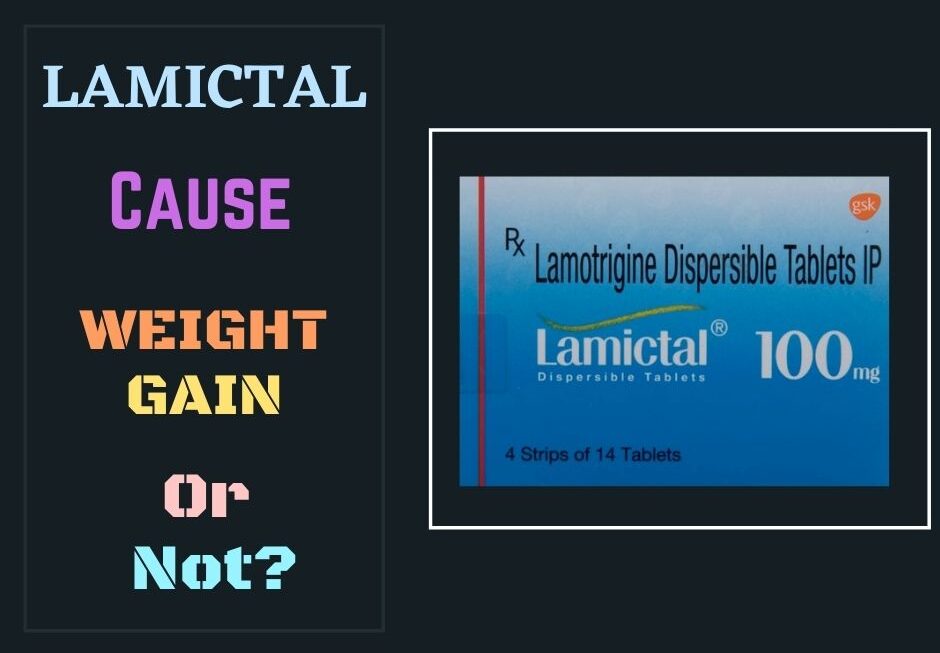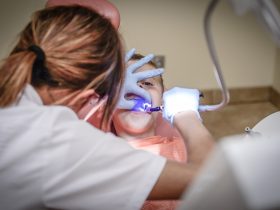 If you’ve noticed that your eyesight is getting worse, you might be interested in visiting an eye doctor. When you visit, you should expect to take part in a full vision exam. The low vision clinic will give you the best care possible, but there are some things you should know before visiting. Here are six things you should know before visiting a low vision clinic.
If you’ve noticed that your eyesight is getting worse, you might be interested in visiting an eye doctor. When you visit, you should expect to take part in a full vision exam. The low vision clinic will give you the best care possible, but there are some things you should know before visiting. Here are six things you should know before visiting a low vision clinic.
What is a low vision clinic?
A low vision clinic specializes in helping people with limited vision. This service is available at various clinics, but some of the most popular ones are focused on assisting people who are legally blind. What should I expect at a low vision clinic? The first thing you should expect to take part in at a low vision clinic is an eye exam. You can’t expect the doctor to help you see better, so they are going to do a comprehensive check to make sure you are getting the best care possible. The doctor will ask you questions about how you are doing. They might even ask you to participate in a mini vision test to test your visual acuity. Next, the doctor will ask you questions about your visual impairments. You may be able to look at the world differently.
Types of testing you may have to undergo during your visit
If you’re visiting a doctor for the first time, it’s likely they’ll perform some tests on you. These tests are designed to help your doctor figure out what’s wrong with you and how to treat you. Most of the time, these tests are quick and easy.However, when they aren’t, you may find out changes in your health that you didn’t realize and may need to be monitored closely for the rest of your life.
- MS Visual Impairment Test
This is an eye-tracking machine that uses laser sensors to assess how well you see. Basically, the doctor can give you a color-coded beam and you see the number corresponding to how well you see the fixated object. - Electroretinogram (ERG)
This test looks at the levels of chemicals your body makes that control the function of your eyes. In layman’s terms, it gives the doctor an idea as to what your eye problems are caused by and the best way to fix them. - Measurement of Visual Acuity
This test measures your ability to see an object clearly. The high school test would be good enough (it measures 100/100 in visual acuity). If you can’t do this test, a qualified eye doctor will be able to evaluate you based on the results of the tests above. This test isn’t always accurate or complete, so it’s good to have another test option to rely on. - Refraction Lens Test
This simple eye test tests refraction. If your vision is bad, your refraction will be bad and you may be at risk for increased eye problems, like glaucoma. The best news is any level of poor vision shows up on this test, so you should be able to get it corrected easily. - Overseasness Test
This simple eye test assesses how well you see with your eyes on the other side of the world. Normal vision isn’t the same as when looking at it through the corner of your eye.
Life with low vision
Low vision is a term used to describe a loss of functional vision that cannot be fully corrected with eyeglasses or contact lenses. Low vision is a broad term that describes a number of medical conditions that affect your ability to see, such as macular degeneration, diabetic retinopathy, Stargardt’s disease, and glaucoma.
If you have astute vision and the only issues with your vision are an inability to focus on objects clearly or see color, low vision can become a diagnosis of systemic sclerosis, a painful autoimmune condition where the body mistakenly attacks the supportive layers (the macula and innermost layer of the retina) and attacks the nerves that supply those layers. Although it’s not a surprise to those with astigmatism, the low vision in those with sclerosis is very subtle. On the other hand, those who are diagnosed with glaucoma or other issues of the innermost layer of the retina can often see well, producing drooping eyelids with diminished vision.
Typically, if low vision is causing your daily activities to be limited, and you’re able to drive by your office or neighborhood, you can think of your daily activities, like going to work or shopping for groceries, as primarily being focused on the outer layers of the affected eye. If you can see well in real life, you likely have a good sense of where your finger or a piece of paper is located on a page, but your visual acuity may be somewhat limited.
As you take your medicine, you’ll probably be asked to describe any changes in your eyes within specific timeframes. If your vision is bad enough or if a certain problem was found during your initial evaluation by your doctor, your vision may be taken into account during the final screening and prescription. If it’s not bad enough or if one specific problem cannot be changed by prescription, your vision loss is likely to be permanent.
What a low vision specialist can do for you
As a low vision specialist can help you maximize your vision by offering a number of treatments, including:
1) LASIK – usually performed under general anesthetic and with your eyes closed, the laser illuminates an area on the cornea using pulses of laser at specific spots. This sends a wave of energy into the depths of your retina, slowly heating it up and softening it, making it easier to focus on objects. Before the treatment, make sure that you tell any potential providers that you have glaucoma, macular degeneration, or another medical condition that affects vision.
2) Cataracts – Cataracts can occur if your cornea is not well developed, as your lens cells gradually break down over time. Low vision specialists will use a laser to burn minuscule amounts of cataract extract from your lens. The laser causes tiny tears in the lens, which heal over time, but need to be kept open if you want your vision to improve.
3) Blood pressure pills – These anti-inflammatory medicines work to lower high blood pressure in order for you to see the world clearly again.
4) Laser eye exams – Often referred to as laser vision tests, these evaluations are used to determine whether or not you need glasses or contact lenses to improve your low vision. If you’re considering applying for vision insurance, Low vision specialists recommend that you take an eye exam at least 4 months before treatment. An accurate prescription allows you to avoid complications that can occur during a laser procedure, and you can hold off on vision therapy to ensure there are no issues with your prescription.







